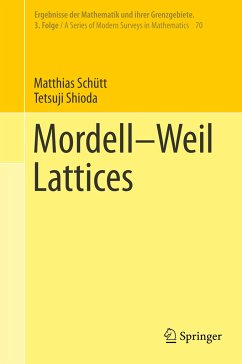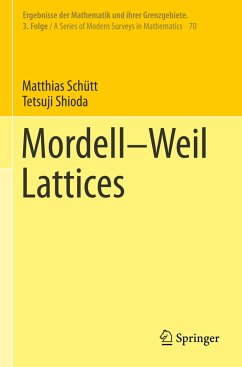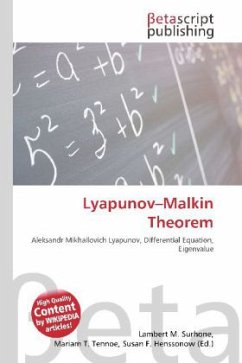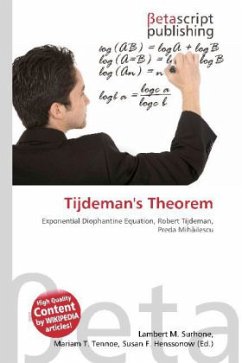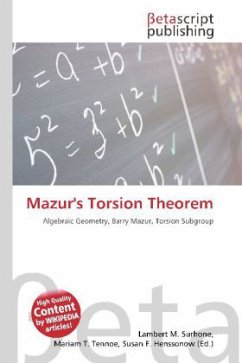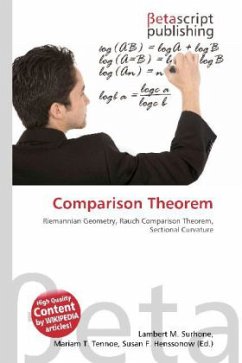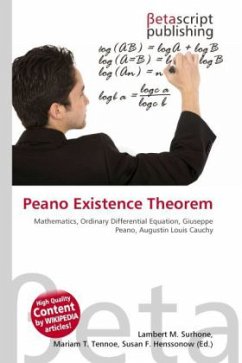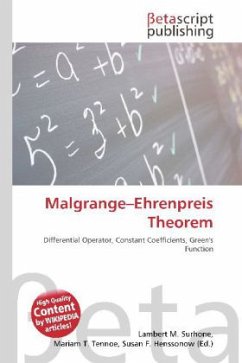
Mordell Weil Theorem
Versandkostenfrei!
Versandfertig in 6-10 Tagen
23,99 €
inkl. MwSt.

PAYBACK Punkte
12 °P sammeln!
Please note that the content of this book primarily consists of articles available from Wikipedia or other free sources online. In mathematics, the Mordell Weil theorem states that for an abelian variety A over a number field K, the group A(K) of K-rational points of A is a finitely-generated abelian group, called the Mordell-Weil group. The case with A an elliptic curve E and K the rational number field Q is Mordell''s theorem, answering a question apparently posed by Poincaré around 1908; it was proved by Louis Mordell in 1922. The tangent-chord process (one form of addition theorem on a cu...
Please note that the content of this book primarily consists of articles available from Wikipedia or other free sources online. In mathematics, the Mordell Weil theorem states that for an abelian variety A over a number field K, the group A(K) of K-rational points of A is a finitely-generated abelian group, called the Mordell-Weil group. The case with A an elliptic curve E and K the rational number field Q is Mordell''s theorem, answering a question apparently posed by Poincaré around 1908; it was proved by Louis Mordell in 1922. The tangent-chord process (one form of addition theorem on a cubic curve) had been known as far back as the seventeenth century. The process of infinite descent of Fermat was well known, but Mordell succeeded in establishing the finiteness of the quotient group E(Q)/2E(Q) which forms a major step in the proof. Certainly the finiteness of this group is a necessary condition for E(Q) to be finitely-generated; and it shows that the rank is finite. This turns out to be the essential difficulty. It can be proved by direct analysis of the doubling of a point on E.




